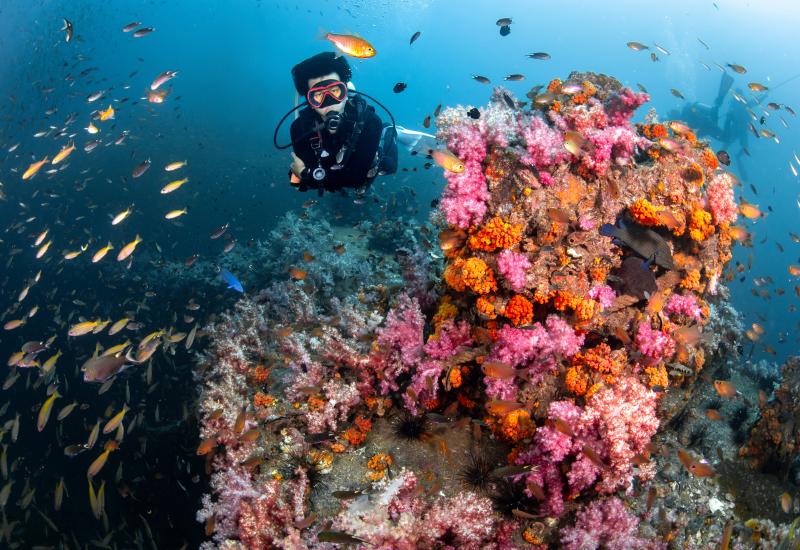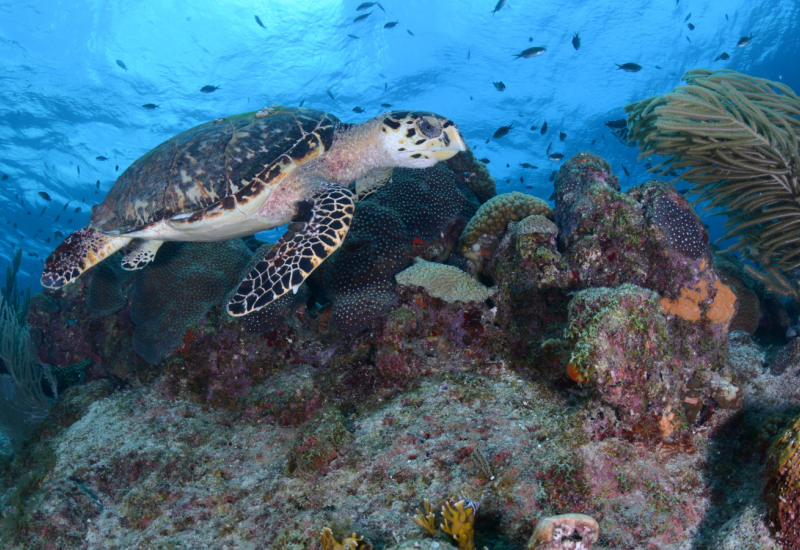Seahorse Citizen Science Initiative

Courtesy of Aggressor AdventuresBecome a citizen scientist and use the iSeahorse project to report your seahorse sighting.
I am always looking for ways to get our guests involved more with conservation and outreach programs during their adventure weeks with us. After learning about Project Seahorse, I decided it was the perfect fit.
Project Seahorse was started by Dr. Amanda Vincent, Dr. Heather Koldewey and Dr. Helen Stanley. “Project Seahorse grew out of the collaboration of our shared interest in seahorse biology and conservation. We were intent on generating knowledge and applying that knowledge to influence management and policy. From the beginning, we agreed that whenever a decision had to be made about the direction of our work, we would choose the option that was most likely to lead to conservation gains. We have held to that commitment, always adapting and growing into a global conservation organization that has won many accolades because of effective work, from fish to fisher and from local to global” states Dr. Vincent.
Without vibrant, thriving coastal habitats, seahorses are perishing. There are approximately 46 known seahorse species that live in coastal habitats, which are the most vulnerable habitats, with pressure from pollution and seine fishing nets. Project Seahorse has teamed up with iNaturalist to begin the citizen science project of reporting and mapping seahorses around the globe. iNaturalist started in 2008 as a UC Berkely Master’s project and has become the largest observation mapping database in the world. As of December 2021, there were over 99 million observations recorded! iSeahorse, a subset of iNaturalist, has accumulated over 8,000 observations of 40 seahorse species.
The Project Seahorse team created a PADI specialty instructor course available through an online Udemy training program that I went through myself to understand the program and process. Then my operations team completed their iSeahorse training and we have now started to roll it out to our scuba diving destination instructors.
Once a destination’s instructors have completed their certification, they can offer two separate seahorse components to our guests. The first teaches the complete seahorse specialty course. The second helps our guests identify their observations and report them to iSeahorse without taking the formal certification course. The citizen science component of iSeahorse allows for as many observations as possible, which aids in the documentation of seahorse populations and habitats. Project Seahorse uses this data to understand if populations are increasing or if they are threatened, allowing local communities to take corrective action.
Next time you are lucky enough to find a seahorse while diving, become a citizen scientist and use the iSeahorse project to report your sighting. Take as many photos as possible or remember as much detail as you can if you are not an underwater photographer and help the world’s seahorse population thrive.
To find out how you can help make a difference, visit projectseahorse.org

PADI Instructor 174820Wayne B. Brown
CEO Aggressor Adventures










